
14 Digital Marketing Solutions to Grow Your Business
14 Essential Digital Marketing Solutions to Boost Your Business Growth

In today’s highly competitive business environment, effective branding emerges as a critical strategy for differentiation and success. Branding extends beyond the superficial elements of logos and slogans to encapsulate a company’s identity, values, and the promises it makes to its customers. This strategic framework distinguishes a business from its competition, facilitates a meaningful connection with the audience, and lays the foundation for customer loyalty.
Starfish Ad Age Brand Guidelines
The concept of brand identity is central to a company’s branding strategy. It integrates visual, verbal, and emotional characteristics to define how a company presents itself and how it is perceived by consumers. A strong brand identity is crucial for building trust. It converts first-time buyers into loyal customers and positions a company as the preferred choice in its market. The process involves graphic design, developing a unique logo, adopting a consistent tone of voice, and embodying the company’s values, all of which contribute to a powerful brand identity that attracts and retains customers.
A well-defined brand identity is a company’s beacon in the competitive marketplace, directing potential customers to its products or services. It communicates the company’s story, its unique value proposition, and the reasons customers should choose it over competitors. A robust brand identity not only makes a company memorable but also reinforces its trustworthiness and appeal, distinguishing it in a crowded field.
The digital revolution has heightened the importance of a solid brand identity. As consumer preferences change rapidly and new competitors arise regularly, branding transcends mere visibility—it becomes a crucial element of survival. A strong brand identity provides a stable foundation for growth, enabling a company to thrive even amid market changes. It is a significant investment in the company’s voice and future, aligning the business’s vision with its target audience’s expectations and needs.
To sum up, in the context of today’s dynamic market environment, proficient branding and a robust brand identity are indispensable for businesses aiming for distinction and success. Establishing a compelling brand identity enables companies to not only improve their market presence but also cultivate customer loyalty, paving the way for ongoing success and expansion.
The critical task of shaping a brand’s foundational elements involves identifying and nurturing a unique brand voice that speaks directly to the audience’s preferences and values. This process is paramount in setting a brand apart in the saturated market, ensuring it not only reaches its intended audience but also resonates with them on a meaningful level.
A brand’s voice embodies its personality, guiding how it communicates across various channels and touchpoints with consumers. This voice should be a direct reflection of the brand’s core values and mission, tailored to appeal authentically and compellingly to the target demographic. Consistency in this voice across all forms of communication fosters trust and loyalty among consumers, establishing a reliable and recognizable brand presence in their minds.
Diverse brands have effectively leveraged their unique voices to stand out and connect deeply with their audiences. Outdoor brands, for example, utilize a tone that captures the spirit of adventure and freedom, resonating with individuals who cherish exploration and the outdoors. On the other end of the spectrum, luxury brands adopt a refined and sophisticated tone, reflecting the exclusivity and elegance that their clientele seeks. These instances underscore how a well-executed brand voice can significantly enhance brand identity and consumer connection.
The development of a brand voice is a strategic exercise that involves a thorough analysis of the company’s values, the interests of the audience, and the overall brand mission. It is an ongoing process that requires adaptation and refinement based on customer feedback and market trends. Engaging with the audience through social media and other channels provides valuable insights that can help in fine-tuning the brand voice to ensure it remains relevant and resonant.
In essence, the brand voice is not merely an aspect of the brand’s identity but its very heartbeat. It breathes life into the brand, making it relatable and memorable for the consumer. Establishing a strong, consistent, and authentic brand voice lays a solid foundation for building a powerful and enduring brand identity, driving recognition and loyalty in a competitive marketplace.
Contact us to learn about your options to start building your brand or to rebrand your existing assets.

The creation of a logo stands as a pivotal chapter in the narrative of building a brand’s visual identity. It encapsulates the essence of a brand’s personality and values in a single, memorable symbol. This section delves into the journey of logo design, from its inception to the utilization of modern tools and strategies that ensure a logo accurately represents the brand it symbolizes.
The process of designing a logo is both an art and a science, starting with a deep dive into understanding the brand’s voice, target audience, and core values. It involves brainstorming sessions, sketching initial concepts, and refining ideas to align with the strategic goals of the brand. This stage is critical in laying the groundwork for a logo that not only captures the brand’s essence but also appeals to the intended market segment. Designers and agencies often employ logo templates and advanced logo-making tools like Photoshop at this stage to experiment with different visual elements and find the best representation of the brand’s identity.
A memorable logo does more than stand out; it speaks volumes about the brand’s personality and what it stands for. Whether through color, typography, or imagery, every aspect of the perfect logo itself is imbued with meaning, designed to convey the brand’s unique story and values at a glance. For instance, a brand that prides itself on sustainability might opt for earthy tones and natural motifs in its logo design, signaling its commitment to environmental responsibility.
The alignment between a logo and the brand it represents is crucial for effective brand recognition. A well-designed logo acts as a shorthand for the brand’s identity, making it easier for customers to recall and differentiate the brand from competitors. It’s a visual anchor that reinforces the brand’s presence in the market and deepens the connection with its audience.
The logo design process is a foundational element in building a brand’s visual identity, playing a crucial role in achieving brand recognition. By carefully aligning the logo with the brand’s personality and values, businesses can ensure that their logo not only captures attention but also embodies the essence of what they stand for, making a lasting impression on their target audience.

In the pursuit of a strong market presence, the consistency of a brand’s values across various platforms plays an instrumental role. This uniformity in branding efforts is essential in marketing materials, social media posts, and across all communication channels, ensuring that every interaction with the brand reinforces its identity and values.
Brand consistency involves the harmonious alignment of visual branding elements throughout, tone of voice, and messaging across every touchpoint with the audience. This strategic alignment is crucial for fostering brand recognition, as it allows consumers to easily identify and connect with the brand across diverse platforms. Whether it’s the color scheme on a billboard, the typography on a website, or the tone used in social media communications, each element contributes to a cohesive brand image that resonates with the target audience.
The impact of consistent branding extends beyond recognition; it lays the foundation for building a loyal customer base. When consumers encounter the very same tone, brand identity and values regardless of the platform or medium, it reinforces their perception of the brand as reliable and trustworthy. This consistency in branding not only enhances the brand’s image but also encourages customers to form a lasting relationship with the brand, increasing their likelihood of repeat business and advocacy.

A compelling brand story is a powerful tool for connecting with an audience. It transcends mere advertising, weaving the company’s mission statement, values, and purpose into a narrative that engages and inspires.
The brand story is an authentic expression of the company’s identity, rooted in its core values and mission. This narrative should be compelling and relatable, inviting the audience to see themselves in the brand’s journey. By effectively communicating the brand’s purpose and what it stands for, through mediums like branding videos and posting content, companies can foster a deeper emotional connection with their audience, differentiating themselves in a crowded market.
Incorporating customer feedback into the brand’s story and messaging is essential for maintaining relevance and engagement. This feedback provides valuable insights into the audience’s needs, preferences, and perceptions, allowing brands to refine their voice and messaging to better resonate with their target demographic. Actively listening to and engaging with customers not only improves the brand’s appeal but also demonstrates the brand’s commitment to its audience, further solidifying customer loyalty and trust.
A cohesive brand strategy that emphasizes consistency across all platforms and leverages a compelling brand story can significantly enhance audience engagement. By maintaining a uniform brand presence and actively incorporating customer feedback, businesses can strengthen their brand perception, foster loyalty among their customer base, and achieve lasting success in the competitive market.

The visual elements of a brand’s identity, such as logos and brand kits, are crucial for making a lasting impression. Utilizing tools to craft your logo and developing a comprehensive brand kit are fundamental steps for businesses aiming to establish or refresh their visual identity.
A well-assembled brand kit serves as the cornerstone of a company’s marketing campaigns, encompassing logo files, color palettes, typography, and other visual assets. This kit ensures that every piece of content, whether digital or print, aligns with the brand’s visual identity, promoting consistency and professionalism. A versatile brand kit not only streamlines the creation of marketing materials but also reinforces brand recognition and trust among the target audience.
The strategic use of social media can propel a brand’s visibility and recognition to new heights. By consistently applying the brand’s visual identity and voice across all social media posts and interactions, companies can create a memorable and engaging presence. This consistency helps to build a strong brand image in the minds of the audience, making it more likely for them to think of the brand when considering relevant products or services.
A cohesive brand image across various marketing campaigns requires the seamless integration of the brand’s personality and voice. Tailoring content to reflect the brand’s core values and messaging ensures that the brand resonates with its intended audience, regardless of the platform or medium. Strategies for achieving this include using consistent language and visuals, storytelling that embodies the brand’s ethos, and engaging with the audience in a manner that reflects the brand’s character. This approach fosters a stronger connection with the audience, driving engagement and loyalty.
Leveraging modern branding tools like logo makers and brand kits, along with strategic use of various social media platforms, is essential for crafting a compelling brand presence. These elements, when used effectively, ensure that a brand’s identity is consistently represented across all marketing channels, enhancing recognition and fostering a deep connection with the audience.
For small businesses, establishing a strong brand identity is crucial for standing out in a crowded market. These businesses must leverage their unique value propositions to create a significant impact, drawing in their target audience with a compelling brand narrative.
Small businesses should focus on developing branding strategies that highlight their unique value proposition. This involves understanding what sets their offerings apart from competitors and communicating these differences clearly and compellingly. Tailoring messaging to highlight unique product features, customer service excellence, or community involvement can help small businesses carve out their niche.
The same standards and adherence to brand guidelines are essential for maintaining a consistent brand tone and visual identity across all platforms. These guidelines should cover everything from logo usage and color palettes to the tone of voice and key messaging strategies. Consistency in these areas reinforces brand recognition, making your business more memorable to your target audience.

Developing a strategy that fosters brand loyalty is critical for long-term success. This involves not just attracting customers but turning them into loyal advocates for your brand.
Engaging existing customers through personalized communications, loyalty programs, and feedback loops can significantly enhance brand loyalty. Strategies such as offering exclusive discounts, early access to new products, or membership benefits can keep customers engaged and encourage repeat business. Regularly soliciting and acting on customer feedback demonstrates a commitment to customer satisfaction and continuous improvement.
A clear and compelling brand promise is the cornerstone of building trust and loyalty with your audience. This promise should encapsulate what customers can consistently expect from your brand, whether it’s product quality, customer service excellence, or innovation. Upholding this promise through consistent branding efforts across all customer touchpoints reinforces the trust and loyalty of your customer base, encouraging long-term relationships.
Branding is the process of creating a unique identity and image for your business in the marketplace. It encompasses your company’s name, logo, tone of voice, and visual aesthetics, along with your core values and the message you want to communicate to your audience. Branding is crucial because it helps you stand out from the competition, builds customer loyalty, and conveys what customers can expect from your products or services. A strong brand identity can significantly influence customer perception and drive business success.
Developing a strong brand identity involves several key steps: understanding your target audience and what they value, defining your brand’s mission and values, creating a distinctive visual identity (including a logo and brand colors), and establishing a consistent brand voice across all communication channels. It’s important to ensure that all elements of your brand identity align with the overall message you want to communicate and resonate with your intended audience.
Brand guidelines are a comprehensive set of rules that explain how your brand works. These include your logo usage, color palette, typography, imagery, and tone of voice to be used in all brand communications. To create brand guidelines, start by defining your brand’s core elements and how they should be implemented across different mediums. This ensures consistency in how your brand is presented, reinforcing brand recognition and loyalty.
Yes, rebranding is a viable option for businesses looking to refresh their image, reach a new audience, or realign their brand identity with changed business goals or values. Rebranding can involve updating your logo, name, marketing materials, and overall brand strategy. However, it’s important to approach rebranding with caution, considering the potential impact on existing customers and ensuring that the new logo and brand accurately reflects your business’s direction and values.
Social media significantly impacts branding by providing a platform to consistently engage with your audience, share your brand’s story, and showcase your products or services. It offers an opportunity to establish a strong brand voice, interact directly with customers, and build a community around your brand. Successful branding on social media involves posting regular, quality content that aligns with your brand identity, engaging with your followers, and utilizing social media analytics to refine your strategy and improve engagement.

14 Essential Digital Marketing Solutions to Boost Your Business Growth

Learn about SEO, PPC, social media marketing, content marketing, and more to drive traffic and conversions. Read now!
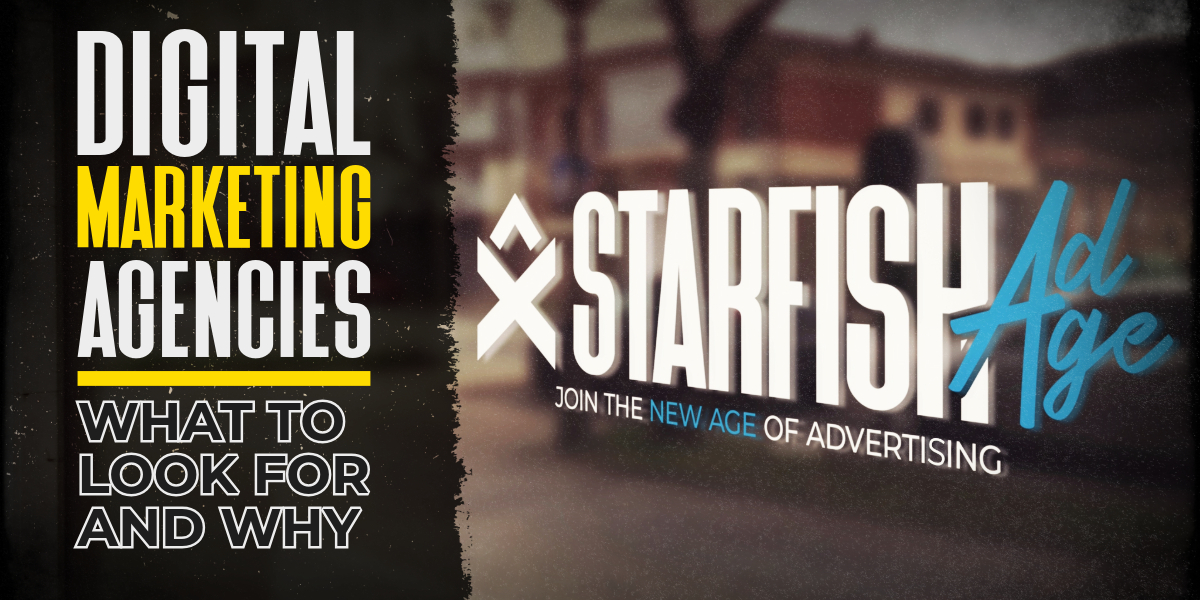
Learn how to select the best digital marketing agency for your small business, the benefits of hiring an agency, and tips for maximizing your online presence.
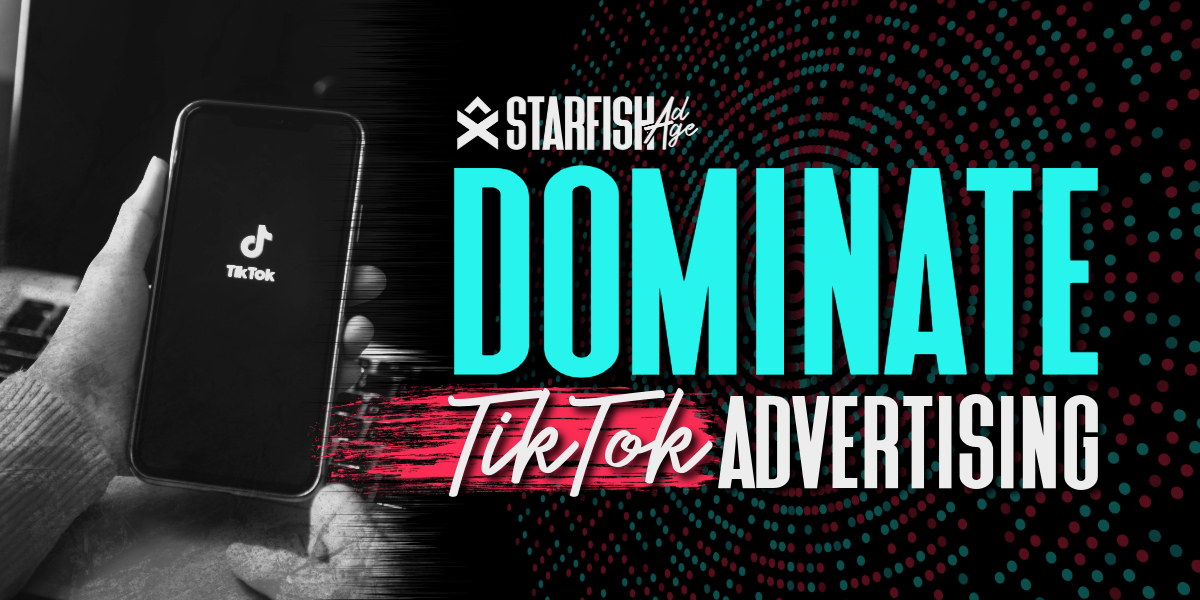
Learn how to leverage TikTok advertising, ad formats, targeting options, and best practices to increase brand awareness, and drive sales.

Learn about Connected TV (CTV) ads, their benefits, and how they work. Understand programmatic CTV advertising for effective digital marketing campaigns.

Discover the benefits of programmatic advertising, an automated method of buying digital ad space that enhances targeting, efficiency, and campaign performance.
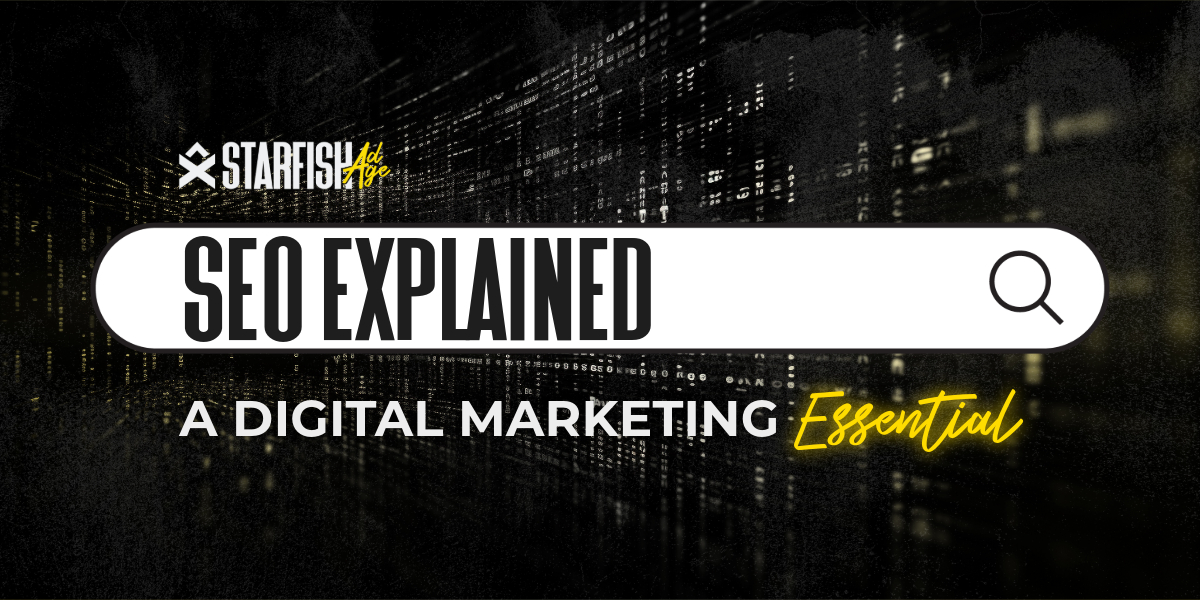
Discover what SEO in digital marketing is and why it matters. Learn how search engine optimization can increase your business’s success.

Learn how to advertise on Google effectively. The basics of Google Ads, from setting up your account to targeting your audience and driving qualified traffic.

Discover how to advertise on Facebook. Learn about Facebook ad campaigns, targeting options, and ad formats to reach your audience effectively.

Discover how to advertise on Facebook. Learn about Facebook ad campaigns, targeting options, and ad formats to reach your audience effectively.

Explore digital marketing essentials for modern businesses. Explore the history, strategies, data-driven targeting, message marketing, and content creation.

Explore digital marketing essentials for modern businesses. Explore the history, strategies, data-driven targeting, message marketing, and content creation.

Explore the fundamentals and advanced strategies of how digital advertising works. Learn how to leverage targeted ads, and engage with your audience effectively.

Starfish Ad Age provides tips and strategies for choosing the best advertising platforms to promote your business, ensuring growth and maximizing ROI.

Discover how to get ahead in advertising with effective strategies and insights on how to grow your business in today’s digital environment.

Learn how brand identity, effective logo design, and a cohesive brand strategy can transform your business. Explore essential tips for impactful branding.
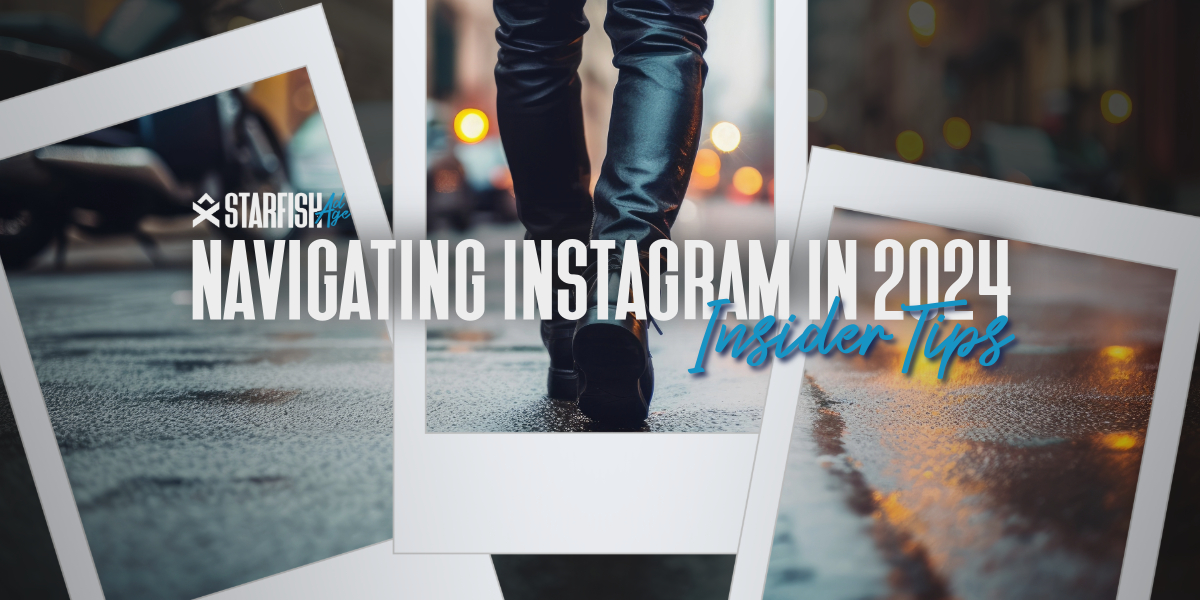
Gain insights from success stories and FAQs to optimize your Instagram strategy and connect with your target audience more effectively than ever before.
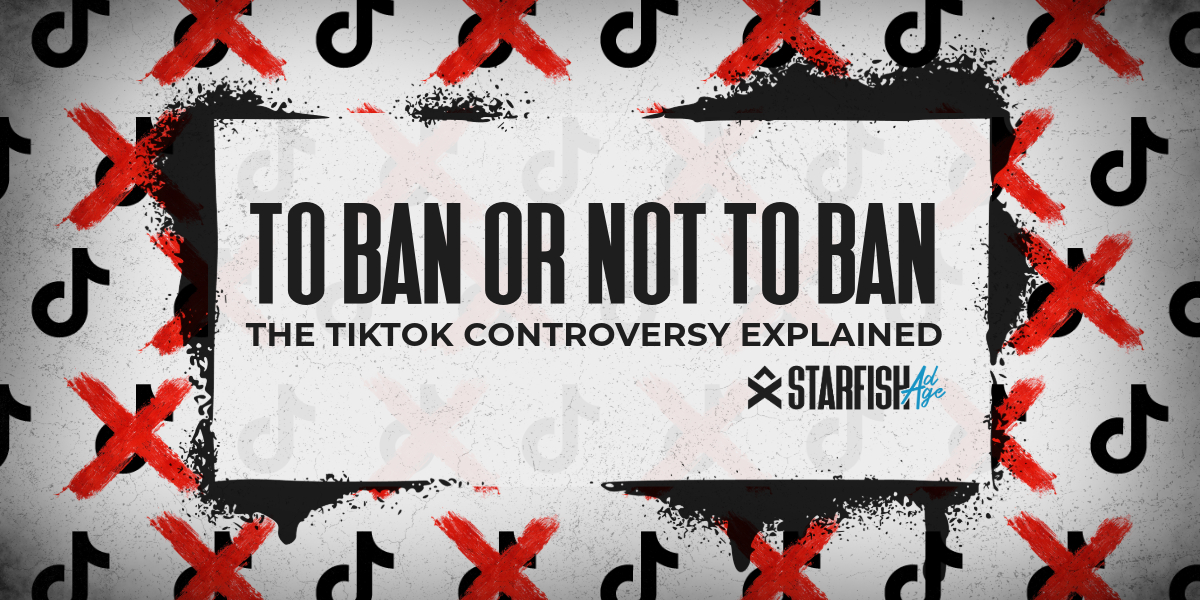
Explore the comprehensive guide to the TikTok ban debate in the U.S., including the rise of TikTok, concerns over privacy and national security, and the implications for users and the broader social media landscape.

Explore the essential distinctions between marketing and advertising and learn how each plays a unique role in business success.

Discover how social media transforms business promotion, enhancing brand awareness, and driving sales through ads, content, and influencer partnerships.

Discover how AI enhances efficiency while human creativity remains essential. Learn what AI can and can’t do, its benefits, challenges, and the future of AI in digital marketing.
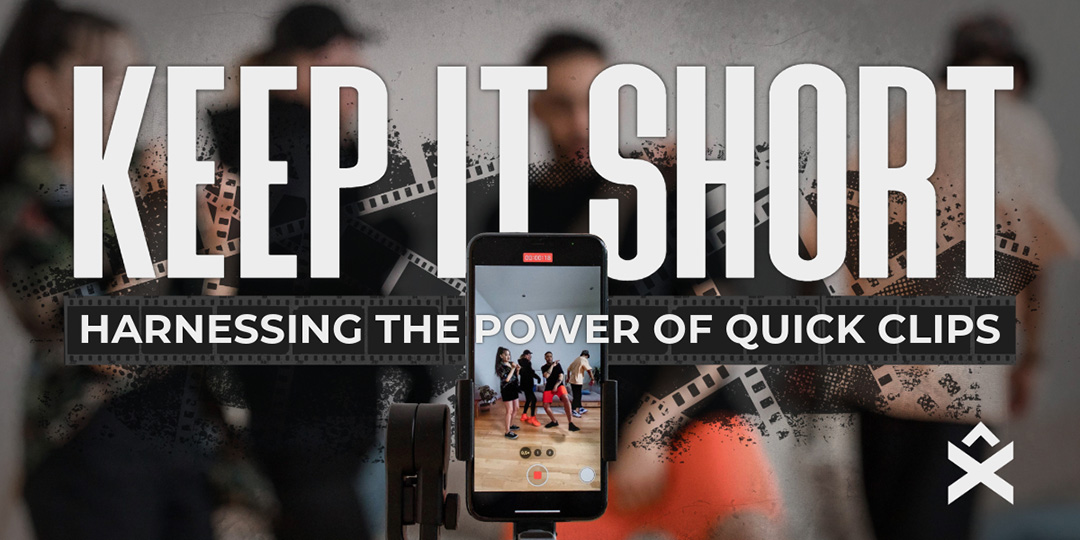
Discover key strategies for East Texas businesses to engage audiences and enhance marketing with short-form videos.

What is inclusive marketing, and how can it transform your brand’s relationship with diverse audiences?

In marketing, the impending demise of third-party cookies is not just a challenge; it’s an opportunity to innovate.
All Rights Reserved | Starfish Ad Age LLC | 2023 | Privacy Policy